By Sylvia Cadena
The Internet has supercharged our ability to achieve development targets. Digital solutions, from both the public and private sectors, can facilitate unprecedented access to government and social services, banking and finance, telehealth and well-being, education and training, employment opportunities, as well as create business opportunities Crucial to a good Internet experience is a reliable, secure and affordable ICT infrastructure. Many programmes are built on assumptions about good Internet infrastructure, without which their implementation would not be feasible.
Yet as the Internet expands its global reach, network operators (the people who effectively build and operate the Internet) across the Asia Pacific are dealing with increasing demand to connect more people and more devices, across vast distances and geographical conditions, as well as to increase bandwidth availability for cloud-based services and streaming—all under high standards of Quality of Service at affordable prices. Qualified individuals and resources are therefore under great pressure to maintain and operate the infrastructure. This calls for effective collaboration and partnerships between Internet Service Providers, mobile operators, network operators and traditional telecommunication operators.
These organisations and communities that help the Internet work and evolve are known as the Internet ecosystem.
Who Does What?
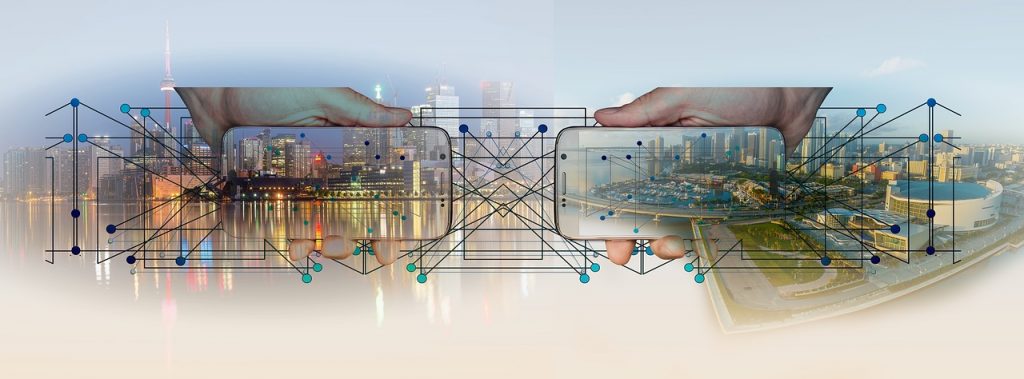
Like a natural ecosystem, the Internet ecosystem relies on a few factors, namely: the involvement of a broad range of actors; open, transparent and collaborative processes; and the use of products and infrastructure with dispersed ownership and control. Some actors have a technical role (names, addresses and standards bodies, service and operations), while others play a critical role in terms of use and adoption (governments, multilateral institutions, education and capacity-building organisations). This article will provide examples of some of the many organisations and groups around the world that address specific challenges as well as five examples of initiatives from across the Asia Pacific region that our programme, ISIF Asia, has supported.
Challenge #1: Security and Stability
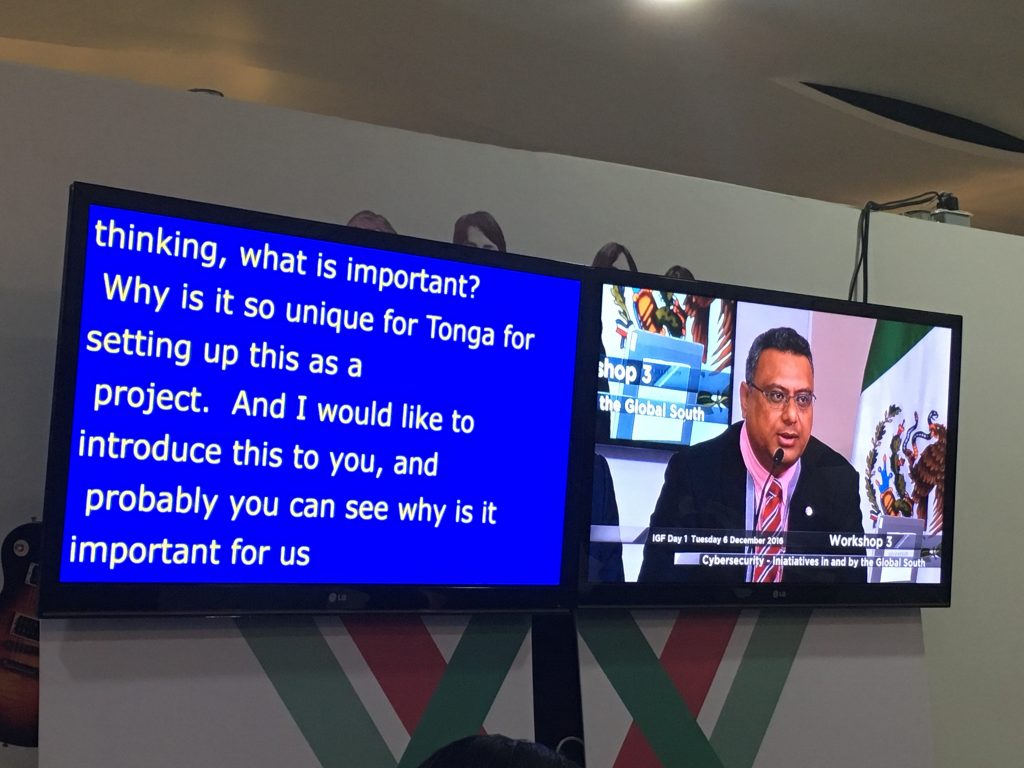
From Denial of Service (DoS) attacks to hacking, malware and data breaches, cybersecurity remains the top priority of network engineers and managers around the world. Governments are also increasingly concerned about their investment and the regulatory framework considerations around network and data security that critically affect confidence in the Internet, which in turns affects digital markets and transactions. Users as well are concerned about the security of their devices, the networks they connect to, and the services and applications they rely on. But even though cybersecurity is a global issue affecting any person or organisation with an online presence, not all countries are equally equipped with the know-how or wherewithal to tackle online threats.
The Tonga Computer Emergency Response Team (CERT.to) works to coordinate and collaborate among stakeholders to prevent, detect and manage cyber threats in Tonga. The CERT.to team proactively approaches local organisations to minimise risk, providing reactive services to respond to cyber incidents in order to minimise their impact and restoring the services of the affected systems, as well as offering computer forensic and ICT advice to the relevant authorities, while building the capacity of the local CERT team to deal with security incidents. They are the first of its kind in the Pacific Islands. At the regional and global levels, other organisations and groups such as the Global Forum of Incident Response and Security Teams (FIRST), the Global Forum on Cyber Expertise, the Information Technology-Information Sharing and Analysis Center (IT-ISAC), Asia Pacific Computer Emergency Response Team (APCERT) and TF-CSIRT are actively contributing to the security and stability of the Internet.
Challenge #2: Affordability
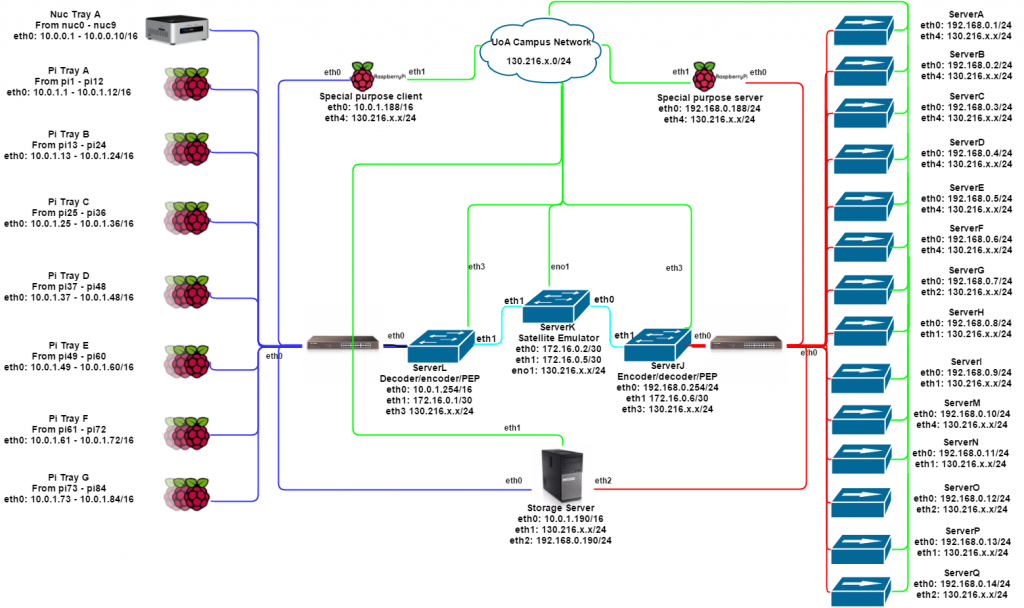
The efficient operation of Internet services directly impacts the cost to end-users. Regulatory approaches and technical solutions can facilitate savings, such as encouraging competition among Internet providers for low-use customers or including provisions on their licences to share key infrastructure facilities like submarine cables, landing stations and fibre-optic backbones and towers on an open and cost-based model, which in turn will lower the costs to expand coverage and reach more users.
Another example will be how Internet Exchange Points (IXPs) and data centres allow local traffic and content to stay local, lowering network costs, and increasing speed and efficiency. Remote communities (and those on the move, such as cruise ships and planes) rely on satellite Internet. But satellites mean long latencies and limited, expensive bandwidth, and performance is often not comparable to terrestrial service. Recognising that the lack of good Internet connectivity is a significant detriment to economic and social development in the Pacific Island countries, the University of Auckland and PICISOC embarked on a joint project to “improve the utilisation of satellite links in and out of Pacific Island countries for whom fibre-optic connectivity is not—or not yet—an option that can be implemented economically.” Funded by ISIF Asia, this 2014 study—entitled “Improving Internet User Experience in Pacific Island Countries with Network coded TCP”—deployed encoders/decoders for TCP/NC in the Cook Islands, Tuvalu and Niue, and an endpoint in Auckland, and secured a host for another in California.
The University of Auckland has since built a Satellite TCP/IP Traffic Simulator facility, a testbed to evaluate configurations and innovative solutions to improve satellite link utilisation, performance and user experience. Also check out the work of others working to improve the affordability and efficiency of the Internet: the Broadband Commission, A4Ai Alliance for Affordable Internet, the AP Information Superhighway and the members of the Association of Internet Exchange Points in Asia Pacific Region.
Challenge #3: Expanding Coverage and Managing Growth
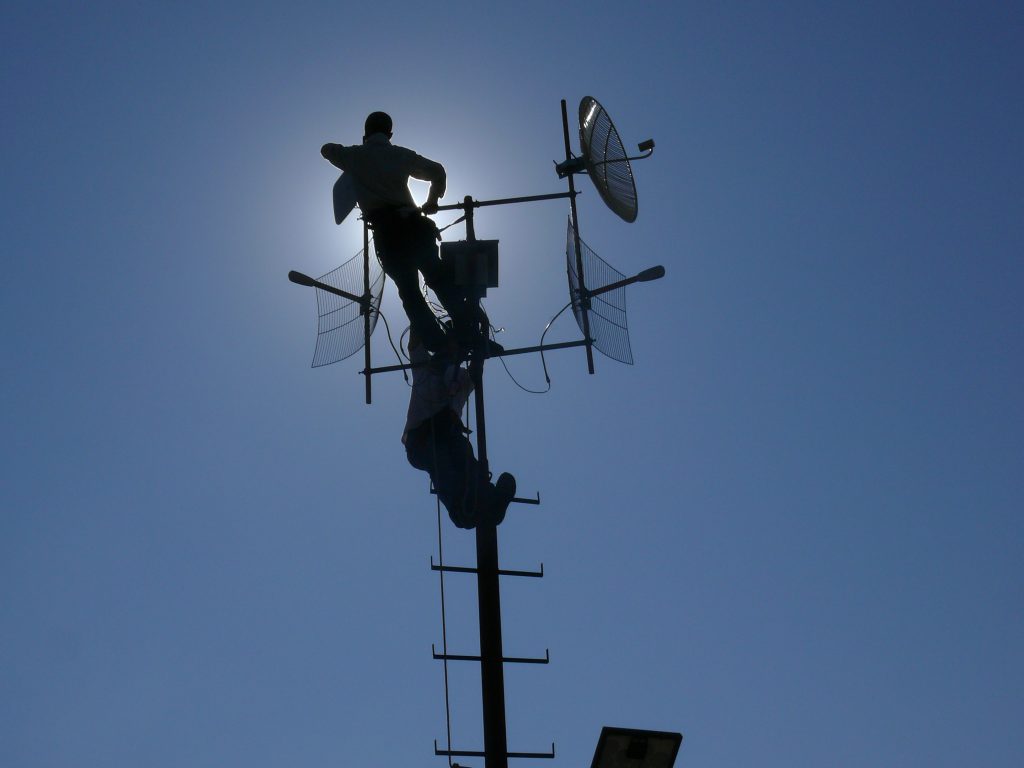
Governments, regulators and Internet service providers are under constant pressure to cope with demand and growth, as well as keep up with evolving technologies and new standards. They additionally need to balance established operations while planning and deploying continuous expansion and improvements. This calls for innovative business models for last-mile connectivity to expand coverage; for instance, support to communities to connect themselves; establishing Community Networks; using Universal Access Funds instead of waiting for commercial providers to reach remote areas; facilitating investment partnerships with the private sector; and crowdsourcing.
Further, appropriate spectrum management and measures such as incorporating coverage obligations as part of licenses to operators will encourage operators to reach out to underserved areas. Finally, access to best practices and operational research can support operators’ understanding of where the current problems are, and improve their analytical capacity to forecast and plan how to address future problems. A social enterprise, AirJaldi Networks, implements innovative, technical and economically viable Internet connectivity solutions to rural parts of India. Now operating across eight states, its business model is based on creating networks that reach out to all potential clients at reasonable prices. Each relay is built to reach specific clients, while each client is potentially a relay to other clients, with the ultimate goal of reaching out to as many users in rural areas as possible. Also see WEF Internet for All, ITU’s Connect 2020 Agenda, and APC & Community Networks, all of which work to expand the reach of the Internet via innovative and sustainable programmes.
Challenge #4: Providing Locally Relevant Content, Applications and Services
Tech users in underserved areas across the Asia Pacific may not necessarily communicate in English or have high digital literacy. They also tend to rely more heavily on voice, images and videos instead of text, and are typically more interested in accessing services and applications with more relevance to their local contexts. Data collection and localisation of content are therefore essential when it comes to harnessing digital technology for social and economic development in the region.
The team behind Khushi Baby observed that in India, reliable health records are not always available, resulting in erroneous and inefficient clinical decision-making by community health workers. Furthermore, many expectant mothers are not aware of the importance of antenatal care visits and vaccines, or the importance of post-natal follow up. With outdated data collection methods at the last mile, health officials (especially in remote villages) lack real-time, actionable maternal and child health data, preventing community-level monitoring of which babies are due for their vaccines and which mothers are at risk of birth complications. Khushi Baby’s solution is an inexpensive, wearable necklace containing a computer chip that stores up to two years of immunisation records for young children. Patients wear their medical history on a Near Field Communication storage chip, while health workers can update patient history by tapping the Khushi Baby necklace to the mobile app. Moreover, unlike other existing platforms, patients can be identified at the point of care without needing to sync with a central repository of patient data.
Khushi Baby also offers health workers specific, actionable and timely analytics, such as identifying high-risk expectant mothers in need of follow-ups or nurses who require more vaccines. They can even schedule automated voicecalls in the local dialect to ensure patients receive timely information and reminders. Supported by many partnering organisations including UNICEF and ISIF Asia, Khushi Baby has finished its first deployment and randomised controlled trial in over 70 villages, and plans to expand further in the Udaipur district to over 300 villages.
Moving from the subject of healthcare to books, did you know that most ethnic-minority children are taught to read in languages that have little connection to their homes and communities, oftentimes resulting in disengagement and higher dropout rates? Hoping to foster more inclusiveness in literature is Let’s Read Asia, an initative to translate children’s books to national and indigenous lanagues, and make them available via open-source digital libraries. Helmed by The Asia Foundation’s Books for Asia programme, titles on Let’s Read! can be downloaded from its website (in either ePub or PDF format) or via its Android app. All content is 100% free and openly licensed, users can switch between different languages within the same book, and its community of translators are adding the new titles to this digital library every day. To date, the books come in the following languages: English, Bahasa Indonesia, Thai, Nepali, Lao, Khmer, S’gaw Karen (romanised script), S’gaw Karen (Thai script) and S’gaw Karen ("lix wa"/Myanmar script).
For other initiatives supporting digital inclusion and social innovation, check out initiatives supported by the Seed Alliance, the Internet Society, the IEEE and FHI360.
Just as we need well-trained doctors to help keep us fit and healthy, the Internet requires well-trained professionals to keep it stable, reliable, efficient and most importantly secure. Make sure you support and invest in technical capacity development, so that you, your organisation and your community can make the most out of what the Internet can offer. Although the Internet is a global phenomenon, it is important to identify and understand which organisations and groups play a vital role in the development and maintenance of the networks that make up your Internet experience, wherever you are.
At the core of the ecosystem, digital users, along with local, national, regional and global organisations, share a large responsibility for how the Internet works and evolves. These entities make ideal development partners to deliver training and capacity-building directly to local communities, but their interventions will be better suited to address local needs if you and your organisation, as well as your community are actively leading the process. There are many practical and concrete ways to tackle the challenges that this new medium provides on security and stability, affordability, coverage and relevant use.
Your work—as with the work of certTonga, the University of Auckland Satellite TCP/IP Traffic Simulator facility, AirJaldi, Khushi baby and Let’s Read Asia—can make a difference. Let us all do our part to build an Internet for good.
Unless otherwise stated, all images in this article were provided by ISIF Asia supported projects.
APNIC is the starting point for connecting with the many organisations and communities within the Internet ecosystem of the Asia Pacific. For over two decades, APNIC has been dedicated to the healthy development of the Internet in the region. A non-government, not-for-profit, membership-based organisation, it is one of five RIRs (Regional Internet Registries) worldwide charged with the responsible management of Internet number resources (IP addresses and AS Numbers). These number resources are the building blocks for the Internet to operate and grow. APNIC’s capacity-building efforts support human, infrastructure and community development, and have led to the establishment of the APNIC Foundation. The APNIC Foundation seeks support from businesses, individuals and development agencies to enhance the Internet’s development and maximise its benefits in the Asia Pacific. Projects and activities funded by the Foundation are designed and managed by APNIC, in collaboration with funding partners interested in Internet development. Activities are implemented by APNIC and its partners, which include a growing group of community trainers and technical advisors, and other like-minded organisations. ISIF Asia is a programme of the APNIC Foundation. It supports organisations to develop and scale Internet-based innovation and research. ISIF Asia has supported 86 projects across 23 economies in the Asia Pacific on various issues including: maternal health and womens’ rights, access to ICT for people with disabilities, transparency on election processes, deployments to connect remote areas, and smart contracts for start-up entrepreneurs. It works to establish effective collaboration among researchers, developers, community leaders, development practitioners, traditional donors and investors. This year, on its tenth anniversary, ISIF Asia was recognised at the WSIS Forum 2018 as Champion on International and Regional Cooperation.
 |
Sylvia Cadena is Head of Programmes at APNIC Foundation. She specialises in the design and operation of collaborative initiatives that support social and economic development and foster an open and inclusive Internet. Sylvia has over 20 years of experience across Latin America and the Asia Pacific regions. She can be reached at sylvia@apnic.net |




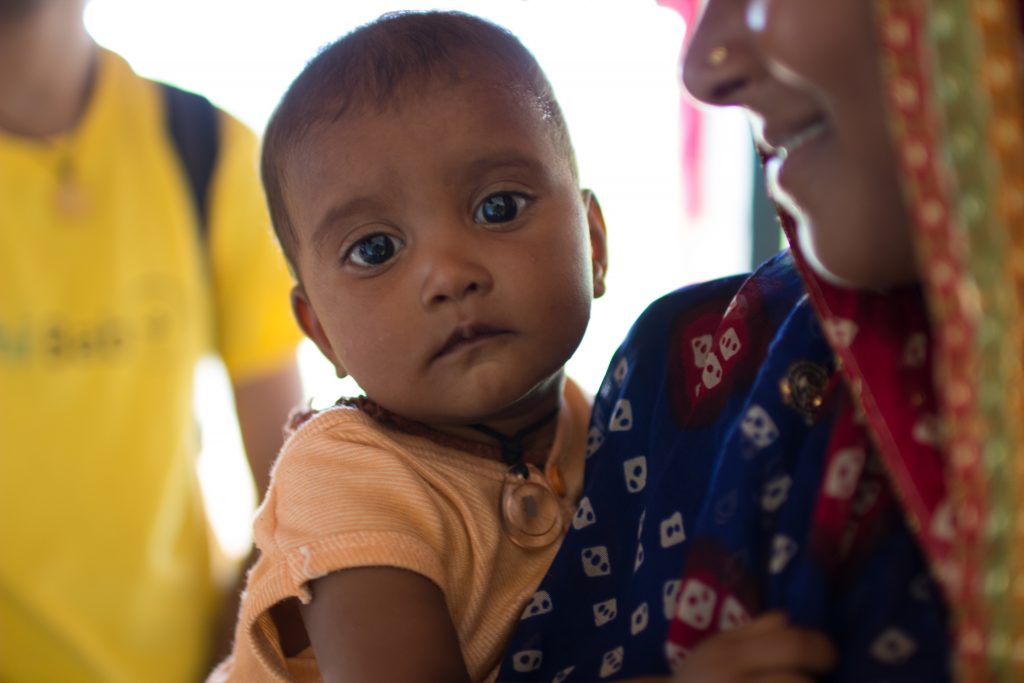
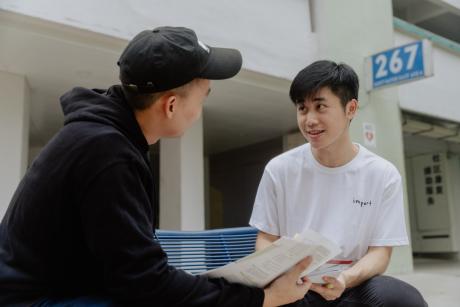



Comments